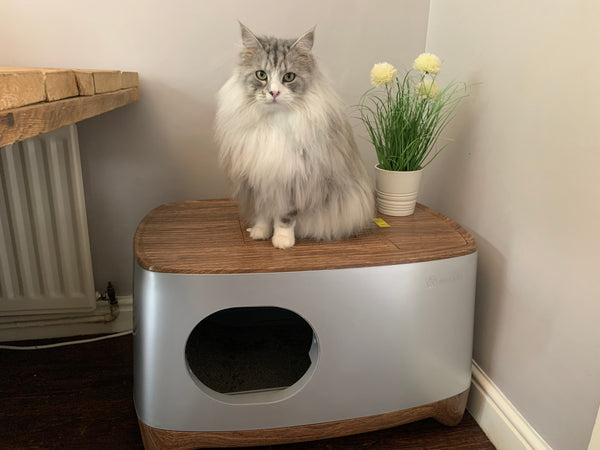
Did you know that there are several risks involved when used cat litter isn’t properly disposed of? Here’s a quick rundown of the various risks and best practices for cat litter disposal.
Flushing Litter Down the Toilet
Wouldn’t it be convenient if you can just flush used litter down the toilet? Don’t do it! Many types of litters, especially clumping litter, are ultra-absorbent and expand when they come into contact with liquids. This can cause clogs and blockages in your pipes. Even for litter that is marked as “flushable,” the bacteria from the cat’s waste may contaminate drinking water, hurt ecosystems, and be unsuitable for septic systems. By flushing used litter down the toilet, you may be releasing intestinal parasites that can linger in your local water supply.
Composting Litter
Compostable litter sounds like a green alternative to traditional clay and crystal litters, but there are many risks of having cat waste out in the open. Cats that are infected by the parasite Toxoplasmosis, shed the parasite in their stool. If animals or pregnant women come into contact with the stool, they too can be infected. Toxoplasmosis can cause complications to the human fetus.
Disposing Litter in the Garbage
There are many innovative ways to dispose of used cat litter, but the safest way is to use a separate, sturdy waste bag for used cat litter and tie it tightly, then dispose of it inside another trash bag. This disposal method prevents odor and bacterial leakage. You can also use an auto-packing smart litter box for a perfect seal every time. Avoid using flimsy, thin garbage bags that tear easily to store used cat litter. Do not dispose of used litter directly into your garbage bin as odor can accumulate, and bits of litter dust contaminated by cat feces can be spread through the air.

